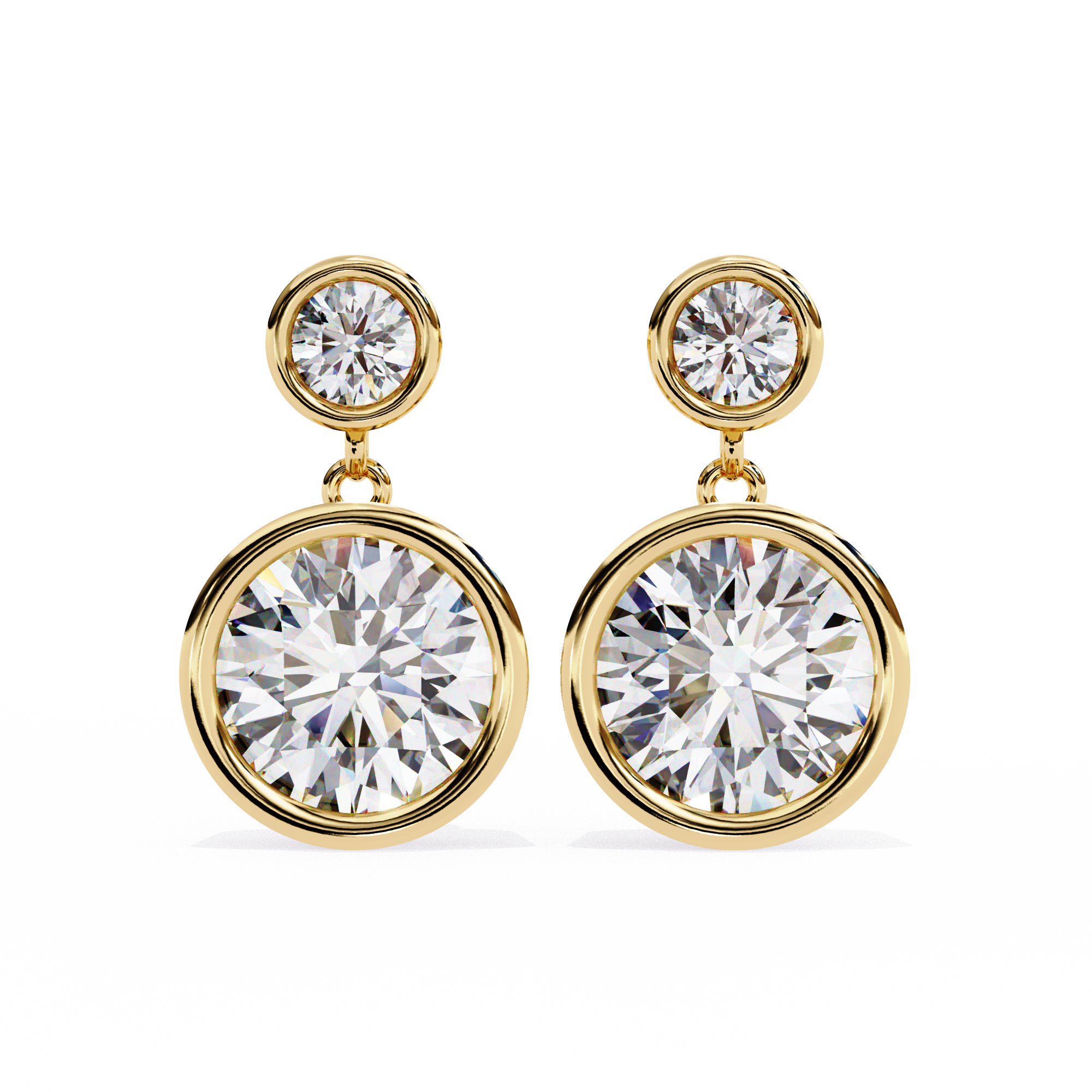When the quest for the perfect piece of jewelry begins, the shimmering world of silver presents two prominent contenders: pure silver and sterling silver. While both boast undeniable beauty, understanding their distinct characteristics is crucial for making an informed decision. Let's delve into the captivating realm of silver, uncovering the unique qualities that make sterling silver, often recognized by the "925" hallmark, a favored choice for jewelry enthusiasts.
Pure Silver: A Glimpse of Untouched Elegance
Pure silver, often referred to as fine silver, represents silver in its most unadulterated form. Stamped with markings such as ".999 FS," "999," or "99.9," it signifies an impressive 99.9% silver content. The allure of pure silver lies in its exceptional luster, radiating a brilliant shine that captures the eye. However, this inherent purity comes at a cost. Pure silver is exceptionally soft and malleable, rendering it susceptible to scratches, dents, and distortions. This delicate nature makes it less practical for everyday jewelry subjected to the rigors of daily life. Instead, pure silver finds its niche in crafting exquisite, statement pieces reserved for special occasions and gentle wear.
Sterling Silver: A Symphony of Beauty and Resilience
Sterling silver emerges as a harmonious blend of beauty and strength, achieved through the art of alloying. This alloy consists of 92.5% pure silver and 7.5% other metals, most commonly copper. This strategic addition of copper transforms the metal's properties, bestowing upon sterling silver the strength and durability required to withstand the demands of everyday wear. The "925" stamp, a hallmark of authenticity, guarantees this precise composition of silver within the alloy. The enhanced hardness of sterling silver empowers jewelers to create intricate designs, pushing the boundaries of creativity. Furthermore, the application of gold or rhodium plating provides an additional layer of protection, safeguarding against scratches and the inevitable tarnish that silver undergoes over time.
925 Silver vs. Pure Silver: A Comparative Glance
| Feature | Pure Silver (99.9%) | Sterling Silver (92.5%) |
|---|---|---|
| Cost | More expensive | More affordable |
| Durability | Soft, easily damaged | Stronger, more resistant to damage |
| Workability | Difficult to shape into complex designs | Easier to shape, resize, repair, and polish |

Decoding Authenticity: Identifying Genuine 925 Sterling Silver
- The Olfactory Clue: Authentic sterling silver should remain odorless. An overpowering, unpleasant scent suggests an excessive copper concentration.
- The Magnetic Exclusion: Silver exhibits no magnetic properties. If a magnet clings to the jewelry, it likely indicates silver plating rather than genuine sterling silver.
- The Hallmark of Trust: Scrutinize the jewelry for telltale markings like ".925", "92.5", "925 STG", "Ster," or "Sterling Silver," serving as emblems of authenticity.
- The Polishing Cloth Revelation: Gently buff the jewelry with a pristine, white polishing cloth. The appearance of black marks on the cloth confirms the presence of genuine sterling silver, as the cloth removes natural oxidation.
- The Nitric Acid Verdict: (Proceed with caution!) A solitary drop of nitric acid elicits a green reaction on counterfeit silver, whereas genuine sterling silver responds with a creamy hue. Always wear gloves and eye protection when performing this test.
Q & A: Unveiling the Enigmas of Sterling Silver
Q1: What confers greater durability to sterling silver compared to pure silver?
A: Sterling silver derives its enhanced durability from its alloy composition, uniting 92.5% pure silver with 7.5% other metals, predominantly copper. Copper acts as a reinforcing agent, bolstering resistance against scratches and dents, surpassing the resilience of pure silver.
Q2: What significance does the "925" marking hold on jewelry?
A: The "925" marking unequivocally signifies that the jewelry is crafted from sterling silver, incorporating 92.5% pure silver into its composition.
Q3: Is sterling silver susceptible to tarnishing, and what preventative measures can be taken?
A: Indeed, sterling silver is prone to tarnishing due to its interaction with sulfur present in the atmosphere. To mitigate tarnishing, store jewelry in airtight receptacles, routinely cleanse it with a silver polishing cloth, and shield it from harsh chemicals.

Q4: Does sterling silver represent a suitable option for everyday adornment?
A: Absolutely, sterling silver emerges as an excellent choice for daily wear, prized for its robustness and affordability.
Q5: Where can one procure high-quality sterling silver?
A: Thailand boasts a reputation for producing exceptional sterling silver jewelry, characterized by exquisite designs. Icelane stands ready to connect you with trustworthy sterling silver manufacturers spanning the globe.




